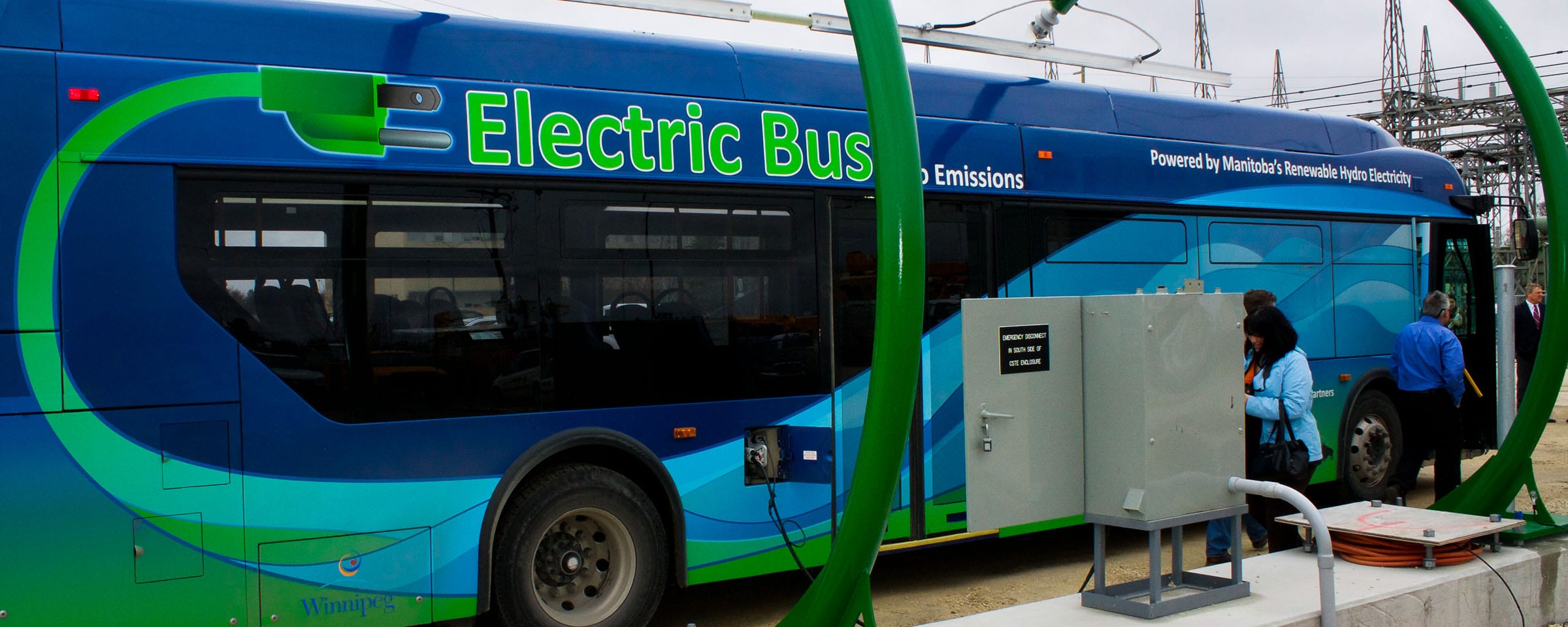Three-Day Training Course: Large Building Airtightness Testing
What You Will Learn
 Differences between residential and commercial tests
Differences between residential and commercial tests- Building science and driving forces of air leakage
- Testing standards and code requirements
- Test considerations and planning
- Required materials and equipment
- First-hand experience with setup and use of blower door equipment
- Troubleshooting common problems encountered during testing
This workshop concludes with a full live test at the Centre for Applied Research in Sustainable Infrastructure (CARSI) at Red River College, which will incorporate diagnostic tools and data analysis.
Each session will be limited to 12 participants.
Course Dates and Cost
Dates: April 24-26, 2019 (spots available)
Times: 8:30am to 4:30pm (will end at 2pm on the last day to allow time for travel)
Cost: $1,495 + GST (includes parking, lunch and morning coffee)
Location: Red River College, 2055 Notre Dame Ave., Winnipeg, Manitoba, Canada
Registration
To register, call or email:
Sheila Allarie
sallarie@rrc.ca
204-632-2038
Cancellation policy: Students who withdraw from a course seven days or less before the start date will be charged a $100 cancellation fee.
Instructors
Cory Carson
Cory is a Mechanical Engineering Technologist with over five years of experience in applied research related to energy efficiency, who has tested over 50 large buildings for airtightness.
Kevin Knight
Kevin is a building envelope authority with over 35 years of experience in field observation and testing, commissioning, research, education and training.
Gary Proskiw
Gary is a mechanical engineer with 40 years of experience; he has conducted hundreds of airtightness tests on houses and commercial buildings and has been active in code and standard development.
Additional Course Information
Cory Carson
204.631.3325 | ccarson31@rrc.ca
Other course offerings can be found at rrc.ca/techsolutions.


